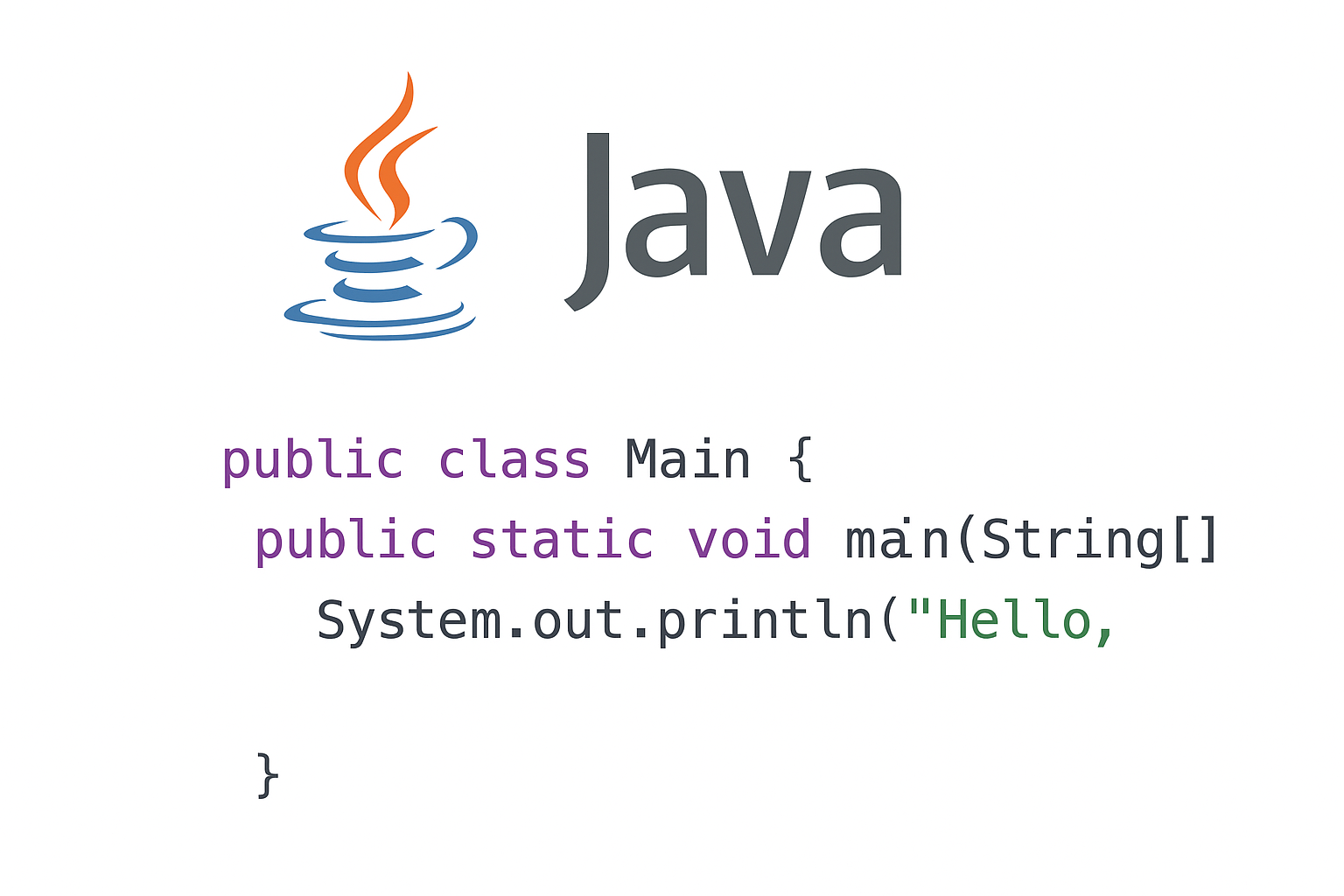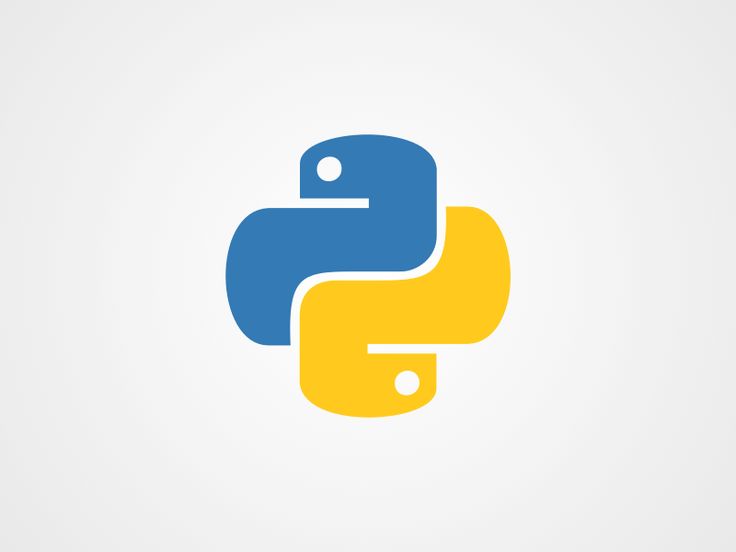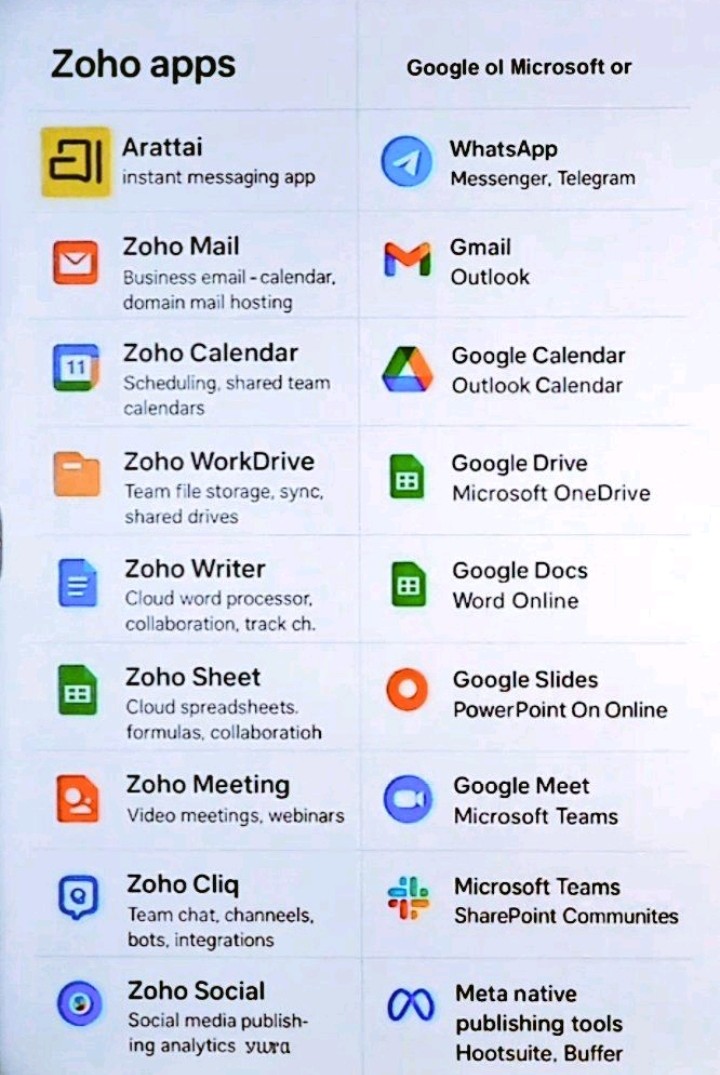-
Latest Update: New tutorials and tech news coming soon! Stay tuned at TechRouteBP.

Java is a high-level, class-based, object-oriented programming language developed by James Gosling at Sun Microsystems in 1995. It is designed to be simple, secure, and platform-independent, following the principle of “write once, run anywhere”, meaning code written in Java can run on any device that has the Java Virtual Machine (JVM). Java is widely used for building desktop applications, mobile apps (especially Android), enterprise systems, and web applications. Its strong memory management, robustness, and vast library support make it a popular choice among developers. With its scalability, reliability, and community support, Java remains one of the most widely used and trusted programming languages in the software industry.
key features of Java programming language:
1. Simple – Easy to learn with a clean syntax similar to C and C++, but without complex features like pointers.
2. Object-Oriented – Everything in Java is based on objects and classes, supporting concepts like inheritance, polymorphism, and encapsulation.
3. Platform-Independent – Follows the rule “write once, run anywhere” using the Java Virtual Machine (JVM).
4. Secure – Provides features like bytecode verification, exception handling, and no explicit pointers to ensure safe execution.
5. Robust – Strong memory management, garbage collection, and error handling make programs reliable.
6. Multithreaded – Allows multiple tasks to run concurrently, improving performance in applications.
7. High Performance – Although not as fast as C/C++, Java’s Just-In Time (JIT) compiler makes it efficient.
8. Distributed – Supports networking and distributed applications with built-in APIs like RMI and EJB.
9. Portable – Java programs are architecture-neutral and can run across different hardware and operating systems.


